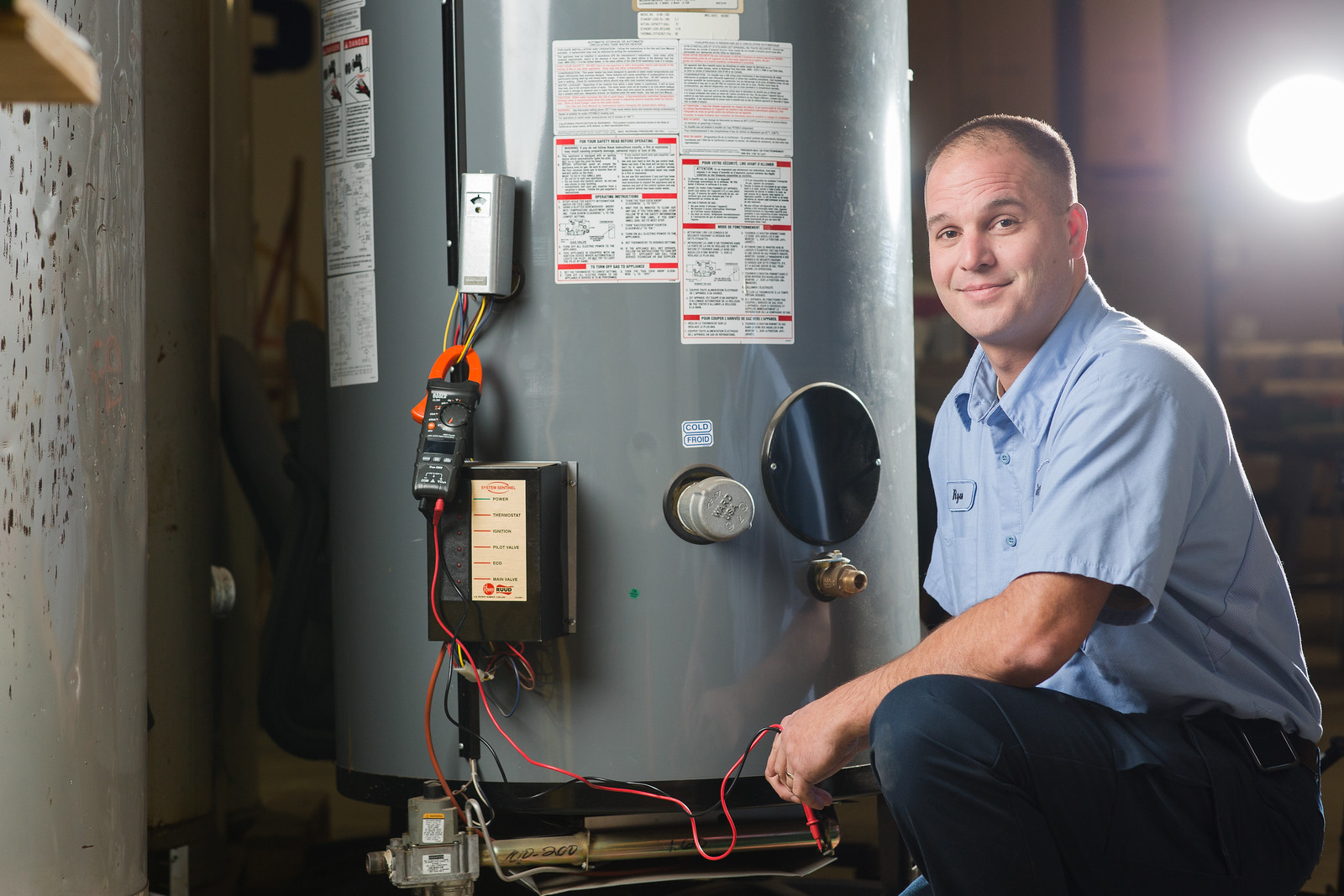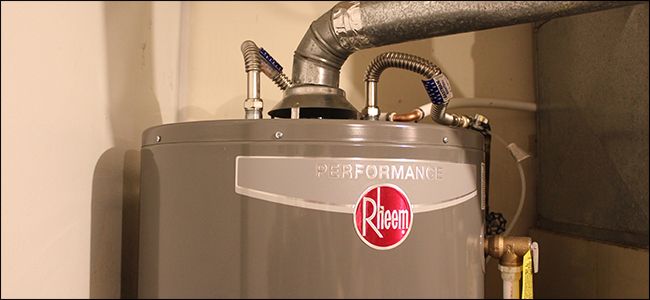In this article below you will find some decent material pertaining to Tips on Maintaining a Water Heater.

Hot water is necessary for day-to-day comfort, whether it's for a rejuvenating shower or cleaning recipes. To ensure your hot water system runs successfully and lasts much longer, regular maintenance is vital. This write-up provides useful ideas and understandings on how to keep your home's warm water system to avoid disruptions and costly repair work.
Introduction
Maintaining your home's hot water system could appear complicated, yet with a couple of easy actions, you can ensure it operates efficiently for many years to find. This overview covers everything from comprehending your hot water system to do it yourself upkeep suggestions and understanding when to call in expert aid.
Importance of Preserving Your Warm Water System
Normal maintenance not only prolongs the life-span of your warm water system yet also ensures it runs successfully. Neglecting upkeep can lead to reduced effectiveness, greater power bills, and even premature failing of the system.
Indicators Your Warm Water System Needs Maintenance
Understanding when your warm water system requires focus can protect against significant concerns. Look out for signs such as inconsistent water temperature, odd sounds from the heating system, or corroded water.
Recognizing Your Warm Water System
Prior to diving into maintenance tasks, it's useful to recognize the standard parts of your warm water system. Typically, this includes the water heater itself, pipelines, anode poles, and temperature level controls.
Regular Monthly Upkeep Tasks
Routine month-to-month checks can aid capture small problems prior to they intensify.
Flushing the Water Heater
Flushing your water heater removes sediment buildup, improving performance and lengthening its life.
Monitoring and Changing Anode Rods
Anode poles stop rust inside the storage tank. Checking and replacing them when worn out is crucial.
Inspecting and Readjusting Temperature Level Setups
Changing the temperature settings ensures optimum efficiency and safety and security.
Do It Yourself Tips for Maintenance
You can perform several upkeep jobs yourself to keep your hot water system in leading problem.
Looking for Leaks
Routinely evaluate pipelines and connections for leaks, as these can lead to water damages and higher costs.
Checking Pressure Alleviation Valves
Checking the pressure relief valve guarantees it works properly and prevents too much stress accumulation.
Shielding Pipes
Shielding warm water pipes lowers warm loss and can save power.
When to Call an Expert
While DIY upkeep is helpful, some problems require expert know-how.
Complicated Concerns Needing Professional Aid
Examples consist of major leaks, electric problems, or if your hot water heater is regularly underperforming.
Regular Expert Maintenance Perks
Specialist maintenance can consist of complete inspections, tune-ups, and making certain compliance with safety and security requirements.
Verdict
Routine upkeep of your home's hot water system is important for performance, durability, and price savings. By adhering to these suggestions and recognizing when to seek expert aid, you can guarantee a reliable supply of hot water without unforeseen disruptions.
How to Maintain an Instant Hot Water Heater
Before tinkering with your hot water heater, make sure that it’s not powered on. You also have to turn off the main circuit breaker and shut off the main gas line to prevent accidents. Also turn off the water valves connected to your unit to prevent water from flowing into and out of the appliance. 2. When you’re done, you have to detach the purge valves’ caps. These look like the letter “T†and are situated on either side of the water valves. Doing so will release any pressure that has accumulated inside the valves while at the same time avoid hot water from shooting out and burning your skin. 3. When the purge valves’ caps are removed, you have to connect your hosing lines to the valves. Your unit should have come with three hoses but if it didn’t, you can purchase these things from any hardware or home repair shops. You can also get them from retail stores that sell water heating systems. Read the user’s manual and follow it to complete this task properly. When the hosing lines are connected, open the purge port’s valves. 4. You should never use harsh chemical cleaners or solutions when cleaning your unit. Make use of white vinegar instead. It should be undiluted and you’ll probably use about 2 gallons. 5. Now flush your water heater. This task should probably take about 40 minutes. We can’t give you specific directions for this because the procedure is carried out depending on the type, model and brand of your heater. With that being said, refer to the user’s manual. 6. When you’re done draining the unit, you have to turn off the purge port valves again. Remove the hosing lines that you earlier installed on each of the water valves. Put the valve caps (purge port) back in their respective places and be very careful so as not to damage the rubber discs that are found inside these caps. 7. Now that everything’s back in place, check your user’s manual again to find out how to reactivate your water heating system. 8. Once it is working, turn one of your hot water faucets on just to let air pass through the heater’s water supply pipes. Leave the tap on until water flows smoothly out of it. https://www.orrplumbing.com/blog/2014/september/how-to-maintain-an-instant-hot-water-heater/

We were introduced to that editorial on Tips on Maintaining a Water Heater through an acquaintance on a different web page. Liked our entry? Please quickly share it. Let other people discover it. Thank you so much for going through it.
Call Today